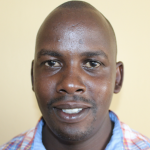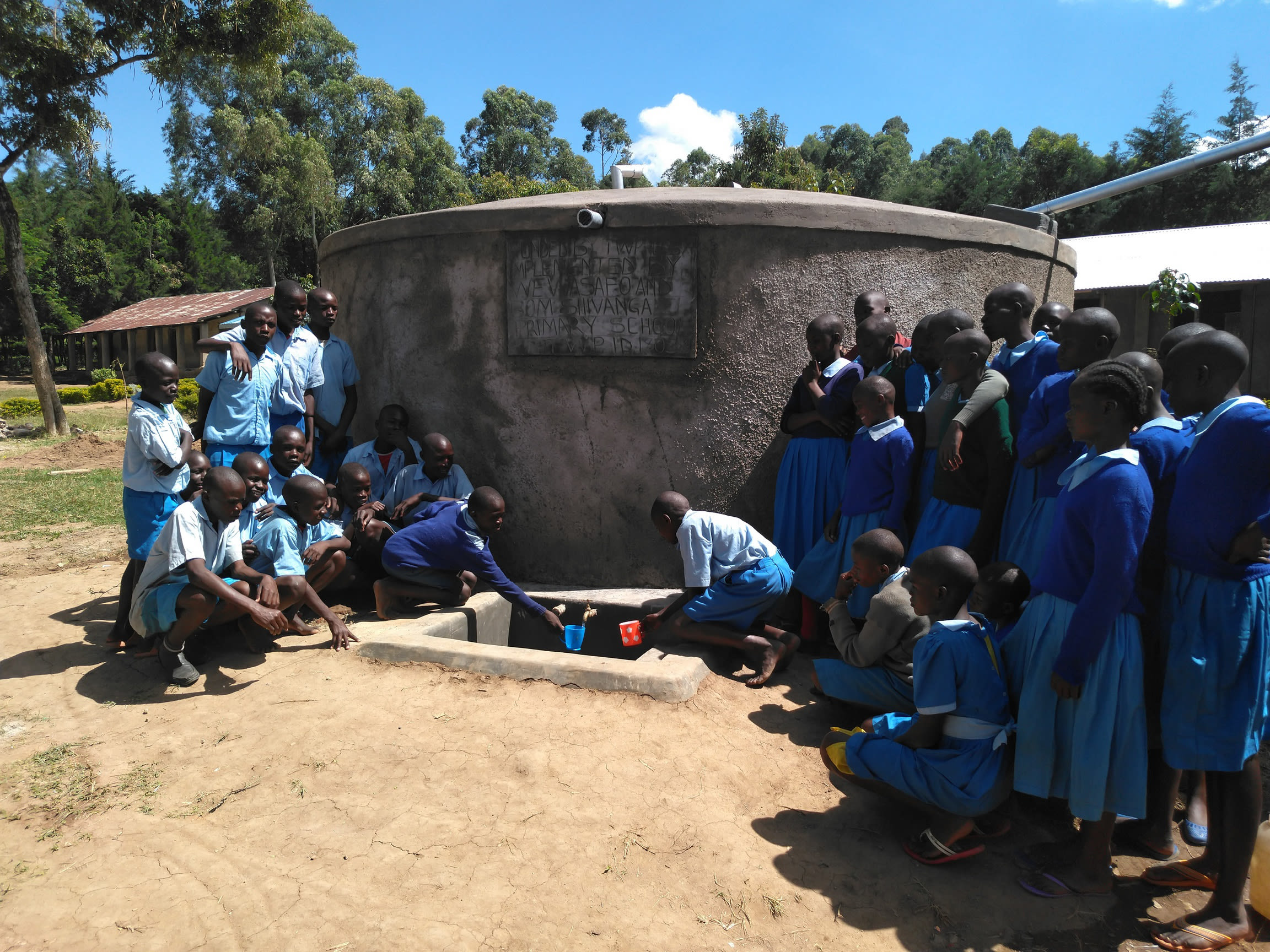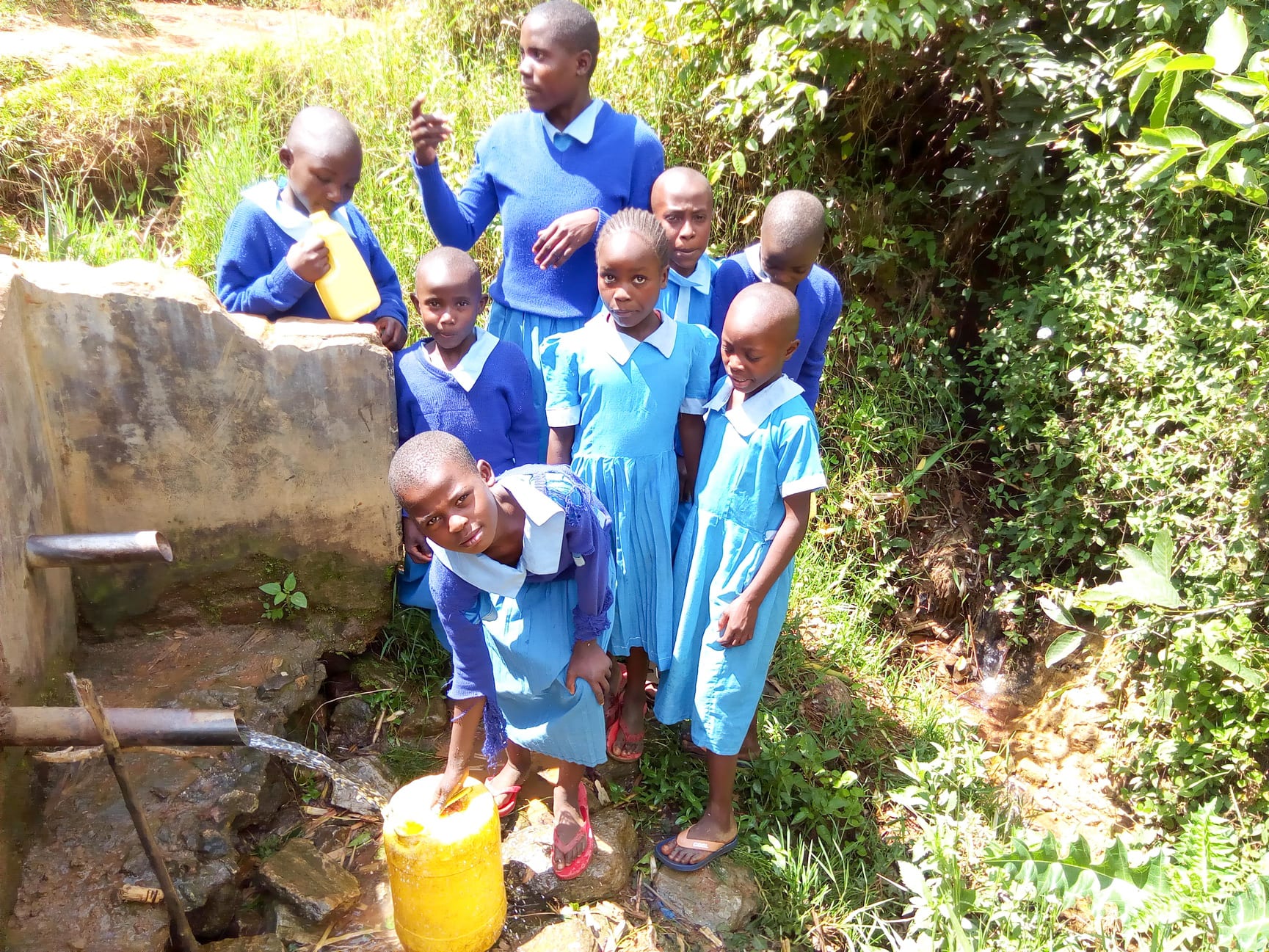We were excited when we first arrived at Shivanga Primary School because we noticed a well with a pump right in the center of the school grounds. This visit to evaluate the need for water and sanitation facilities might be much shorter than planned! But upon talking to Headteacher Mirriam Nenet, we learned that this well and pump signified an unfulfilled need for Shivanga Primary.
The community, school, and local government partnered together to dig a well at Shivanga. However, the contractors didn't get too deep before they hit a large, unmovable rock. At that, they ceased their efforts and installed the pump that had already been purchased.
Now, students are asked to carry containers of water with them from home each morning. They aren't able to carry enough for cleaning, cooking for the lunch program, and drinking. This forces the staff to send their students back out in search of more water.
"I am a student of Shivanga Primary School. Here in our school, we have a big problem of not enough clean water. This has been resulting in poor performance, a lot of absences because of diseases like typhoid," shared 13-year-old Elizabeth.
"It has really affected us."
Shivanga Primary School was started by the government of Kenya in 1960. It had a low population of 22 students compared the 816 students enrolled today. The school has 15 classes with only 13 classrooms.
It is surrounded by a sugarcane community. Sugarcane is grown, harvested, and processed nearby.
A normal day for a student starts at 6:30am. The teacher on duty stands at the gate and gives instructions to the students for cleaning chores. When finished, they sit in study hall until morning announcements. Normal classes are broken up by short breaks and an hour's lunch.
What we can do:
Training
Training will be held for two days. The facilitator will use PHAST (participatory hygiene and sanitation transformation), ABCD (asset-based community development), CTC (child to child), lectures, group discussions, and handouts to teach health topics and ways to promote good practices within the school. The CTC method will prepare students to lead other students into healthy habits, as well as kickstart a CTC club for the school.
Handwashing Stations
This CTC club will oversee the new facilities, such as handwashing stations, and make sure they are kept clean and in working condition. The two handwashing stations will be delivered to the school, and the club will fill them with water on a daily basis and make sure there is always a cleaning agent such as soap or ash.
VIP Latrines
There are currently 22 latrines for 816 students, but a large handful of them are missing doors.
Two triple-door latrines will be constructed with local materials that the school will help gather. And with a new source of water on school grounds, students and staff should have enough to keep these new latrines clean.
Rainwater Catchment Tank
A 50,000-liter rainwater catchment tank will help alleviate the water crisis at this school. The school will also help gather the needed materials such as sand, rocks, and water for mixing cement. Once finished, this tank can begin catching rainfall that will be used by the school’s students and staff.
We and the school strongly believe that with this assistance, standards will significantly improve. These higher standards will translate to better academic performance!

 Rainwater Catchment
Rainwater Catchment
 Rehabilitation Project
Rehabilitation Project





































